Part 2 of 2 Parts (Please read Part 1 first)
Most nuclear power reactor designs that use an alternative coolant also use an alternative fuel.
TRISO, or tri-structural isotropic particle fuel, is one of the most popular options for fueling advance reactors. TRISO pellets contain uranium, enclosed in ceramic and carbon-based layers. This keeps the fuel contained. It keeps all the products of fission reactions inside and allows the fuel to resist corrosion and melting. Kairos and X-energy are both planning to use TRISO fuel in their reactors.
Other reactors use HALEU which stands for high-assay low-enriched uranium. Most nuclear fuel used in commercial reactors contains between three percent and five percent uranium-235. HALEU, on the other hand, contains between five percent and twenty percent uranium-235. This allows power reactors to generate more power in a smaller space than conventional reactors.
In addition to changing the specific details of things like fuel and coolant, many companies are working to build reactors of different (mostly smaller) sizes.
Small modular reactors (SMRs) are advertised to be quicker and cheaper to build as well as safer to operate.
Today, most nuclear power reactors being connected to the grid are massive, in the range of 1,000 or more megawatts. This is more than enough electricity to power hundreds of thousands of homes. Constructing those huge nuclear projects takes a long time, and each one requires a bespoke process. SMRs could be easier to build, since the procedure is the same for each one. This would allow them to be manufactured in something resembling a huge assembly line.
NuScale has been one of the leaders in this area. Its advanced reactor design uses commercial fuel and water coolant, but the whole thing is scaled down. Things haven’t been going well for the company in recent months, though. Its first project is pretty much dead in the water. NuScale was going to construct a nuclear power plant in southern Idaho with multiple NuScale SMRs and sell the power to a consortium of Utah utilities. However, they failed to raise the additional funding required to finish the project which was recently canceled. NuScale has just laid off nearly thirty percent of its employees in early January. It has also been accused of misleading investors.
Other companies are still carrying the SMR torch. This includes many that intend to alternative fuels and coolants.
There have been many extravagant claims about SMRs in the global media. They were promised but so far that promise hasn’t really materialized. Their lower cost estimates were based on economies of scale but in order to reap that benefit, they have to be produced in large quantities. NuScale’s estimate of the cost of their first nuclear project more than doubled in four years. SMRs are supposed to be safer but some designs call for higher temperatures and pressures. There is, as yet no practical knowledge generated with respect to how these temperatures and structures will affect the materials used in the reactors. There is also concern that quality control may fail and result in a number of reactors being deployed that share the same flaws. It is true that they generate less waste than conventional designs but the waste they do generate is still very radioactive and must be dealt with. SMR are not the panacea that many claim.
Blog
-

Nuclear Reactors 1340 – Overview Of Advanced Nuclear Reactors – Part 2 of 2 Parts
-
Nuclear News Roundup January 26, 2024
Orano to supply dry storage systems to Xcel Energy world-nuclear-news.org
Kursk’s second unit retires after 45 years operation world-nuclear-news.org
Completion of Plant Vogtle nuclear expansion delayed until second quarter northwestgeorgianews.com
Navy to conduct first nuclear missile test in eight years cnduk.org
-
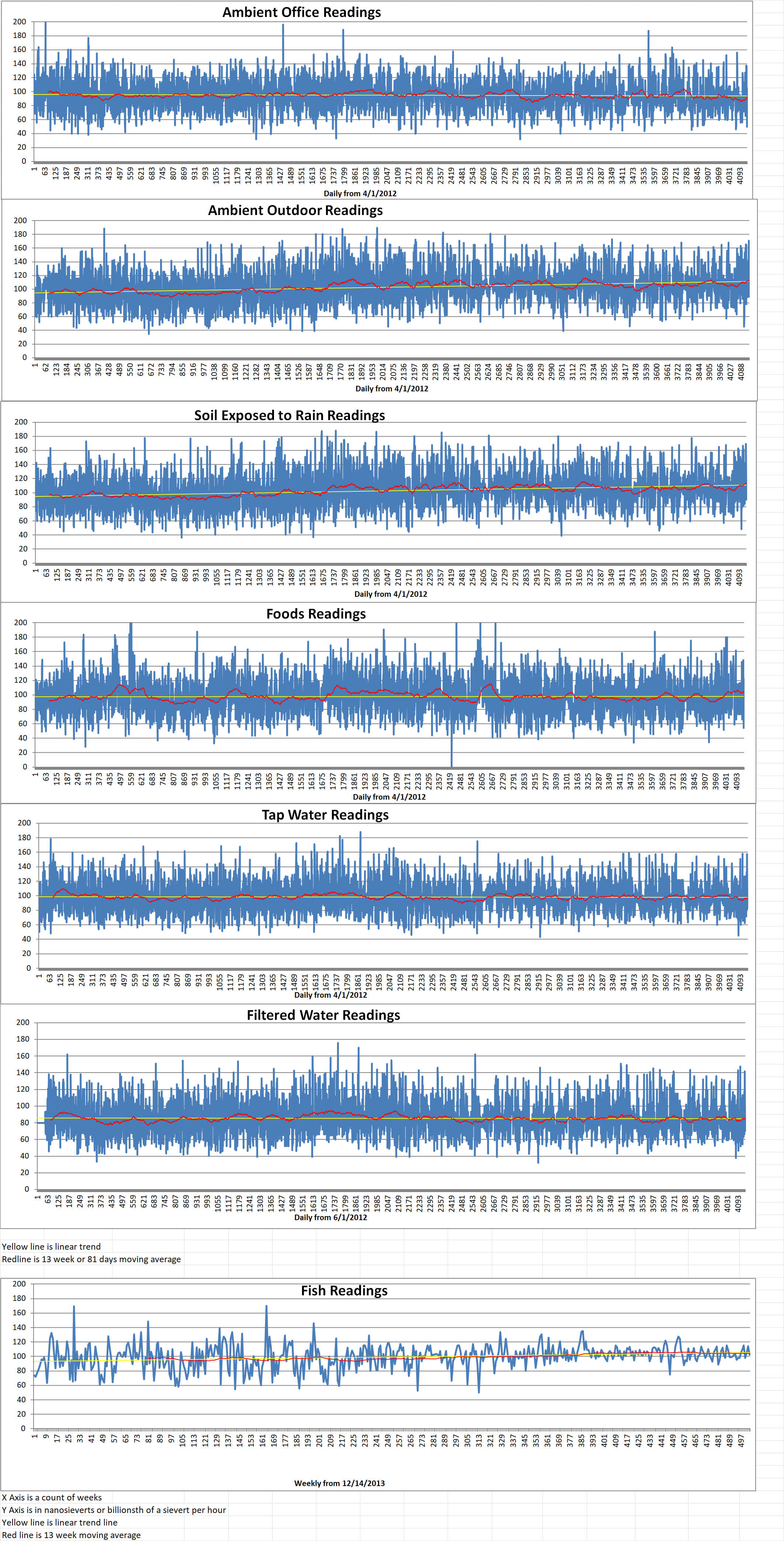
Geiger Readings for January 26, 2024
Ambient office = 72 nanosieverts per hour
Ambient outside = 87 nanosieverts per hour
Soil exposed to rain water = 91 nanosieverts per hour
Nutmeg from Central Market = 93 nanosieverts per hour
Tap water = 116 nanosieverts per hour
Filter water = 104 nanosieverts per hour
-
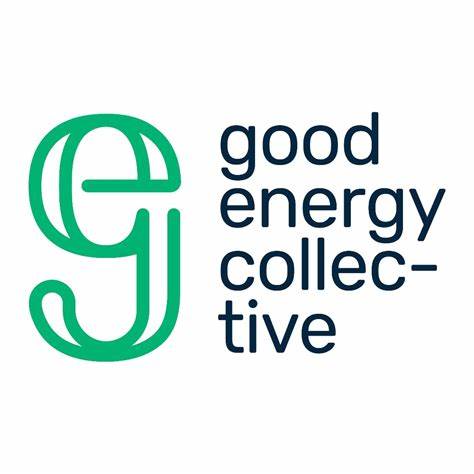
Nuclear Reactors 1339 – Overview Of Advanced Nuclear Reactors – Part 1 of 2 Parts
Part 1 of 2 Parts
Current commercial nuclear power plants are massive, technically complicated, difficult for the public to understand. Recently there has been a lot of media about “advanced nuclear reactors”. Advanced nuclear is an ill-defined category that basically includes anything different from the commercial reactors operating now. Those all follow the same general formula. The subject of this post is an overview of advanced nuclear reactors.
We begin our overview with a recap of the basics of nuclear power generation. Commercial nuclear power plants generate electricity via fission reactions, where atoms split apart, releasing energy as heat and radiation. Many neutrons are released during these splits, and they collide with other atoms and split them, creating a chain reaction.
In nuclear power plants today, there are basically two absolutely critical pieces. The first critical part is the fuel, which is consumed to feeds the reactions. It is vital that the chain reactions happen in a controlled manner, or the system may suffer a nuclear meltdown. The second critical part of a nuclear plant is the cooling system, which keeps the whole reactor from overheating and causing problems. (There’s also the moderator and many other parts which will not be a part of our overview.)
In the vast majority of nuclear power reactors on the electrical grid today, these two components follow the same general formula. The fuel is enriched uranium that’s packed into ceramic pellets, loaded into metal tubes, bundled into fuel assemblies and inserted into the reactor’s core. The cooling system pumps pressurized water around and through the core of the reactor to keep the temperature within operation bounds.
But for a whole host of reasons, companies are beginning to work on making important changes to this tried-and-true formula. There are about seventy companies in the U.S. working on designs for advanced nuclear reactors. Six or seven are far enough along to be working with regulators, says Jessica Lovering. She is the cofounder and co-executive director of the Good Energy Collective which is a policy research organization that advocates for the use of nuclear energy.
Many of these so-called advanced reactor technologies were invented and even demonstrated over 50 years ago. This happened before the nuclear industry converged on the standard water-cooled nuclear plant designs. However, now there’s renewed interest in getting alternative nuclear reactors up and running. New reactor designs could help improve safety, efficiency, and cost.
Alternative coolants could improve on safety over water-based designs because they don’t always need to be kept at high pressures. Many coolants can also reach temperatures higher than current nuclear plant operating temperatures, which can allow reactors to run more efficiently.
Molten salt is one leading contender for alternative coolants. It is used in designs from Kairos Power, Terrestrial Energy, and Moltex Energy. These designs can produce the same amount of power while using less fuel than conventional reactors. And they produce nuclear waste that is easier to manage.
Other companies are looking at liquid metals, including sodium and lead, as coolants. There are a few sodium-cooled reactors operating today, mainly in Russia. That country is one of the pioneers in developing lead-cooled reactors. Reactors cooled by liquid metals share many of the potential safety benefits of molten-salt designs. Helium and other gases can also be used as a coolant for nuclear power reactors that require higher temperatures than water-cooled systems. X-energy is designing a high-temperature gas-cooled reactor that utilizes helium as a coolant.
Please read Part 2 next -
Nuclear News Roundup January 25, 2024
Report: Feds will give $1.5 billion to restart Palisades nuclear plant bridgemi.com
New Mexico Archbishop Wester calls Catholics to work for nuclear abolition ncronline.com
Analysts: North Korea Seeks to Dominate South Korea Through Nuclear Coercion voanews.com
Slovenia aiming for referendum on new nuclear this year world-nuclear-news.org
-
Geiger Readings for January 25, 2024
Ambient office = 87 nanosieverts per hour
Ambient outside = 165 nanosieverts per hour
Soil exposed to rain water = 167 nanosieverts per hour
Green onion from Central Market = 115 nanosieverts per hour
Tap water = 94 nanosieverts per hour
Filter water = 87 nanosieverts per hour
-
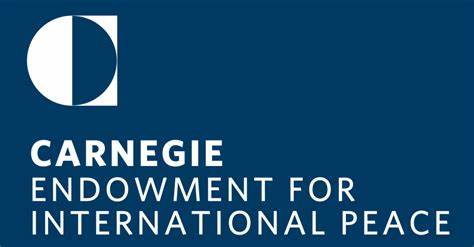
Nuclear Weapons 848 – South Korea Seeks Reassurances About U.S. Nuclear Umbrella – Part 3 of 3 Parts
Part 3 of 3 Parts (Please read Parts 1 and 2 first)
Few details are known publicly about the composition or agenda of the NCG or how it provides additional value relative to the constellation of existing deterrence consultative groups (including the DSC, EDSCG, and SCM). The S.K.’s hope is that it will serve as a kind of combined nuclear planning cell in peacetime and mechanism to consult on nuclear decisions in wartime. However, both of these alternatives are unlikely. The United States should carry out hypothetical nuclear planning with S.K. (to include target selection and attack plans, with approximate parameters). However, U.S. officials still carry an allergy to this kind of activity. Detailed planning might suffice to educate S.K.’s officials that nuclear weapons have significant limits in their ability to hold mobile, hardened, and urban targets at risk and cannot magically resolve any crisis. However, U.S. officials would hesitate to present this information on the grounds that it may be construed as a lack of resolve to use nuclear weapons. Proposals to develop a standing trilateral consultative mechanism with Japan have, unfortunately, failed to result in any concrete action.
The U.S. commitment to consult with S.K. prior to any use of nuclear weapons is the least prominent, but the most promising, development. This step is qualitatively different to existing nuclear assurance mechanisms because it directly addresses S.K.’s concerns that it will not have input into a US president’s decision on nuclear weapon use. Though S.K. will never hold the launch keys to U.S. nuclear weapons, the opportunity to have input into the decision making is the first known adjustment to the nuclear authorization process in decades and distinctive among U.S. allies. U.S. officials should continue to emphasize and expand on the idea: to formalize it as a step in the nuclear authorization process; to establish a secure video, voice, and data channel to enable detailed consultations in a crisis; and to rehearse the link. Ideally, the activity would encourage the S.K.’s NSC and MND to begin their own planning process to compare nuclear and nonnuclear response options. These steps can also better prepare President Yoon for this kind of consultation.
These are the twin failures of the Washington Declaration. First, to reassure S.K. citizens. Second, to reduce the relevance of nuclear weapons in the alliance. Nuclear assurance was doomed to fail. The summit is the swan song of nuclear assurance because there is little it could hope to accomplish without morphing into nuclear sharing, which is unlikely.
Breaking the alliance’s addiction to nuclear weapons is politically and bureaucratically difficult but could be relatively straightforward. U.S. officials would renovate existing consultative deterrence mechanisms to ensure that they contain not only nuclear experts but also a range of types of U.S. officials from across the administration. They would emphasize U.S. and S.K.’s conventional capabilities, including in high-profile trips to the region. They would also be clear with S.K.’s public about the extremely limited role nuclear weapons play in their defense. At the same time, these moves would confront the nuclear zealots in S.K. -
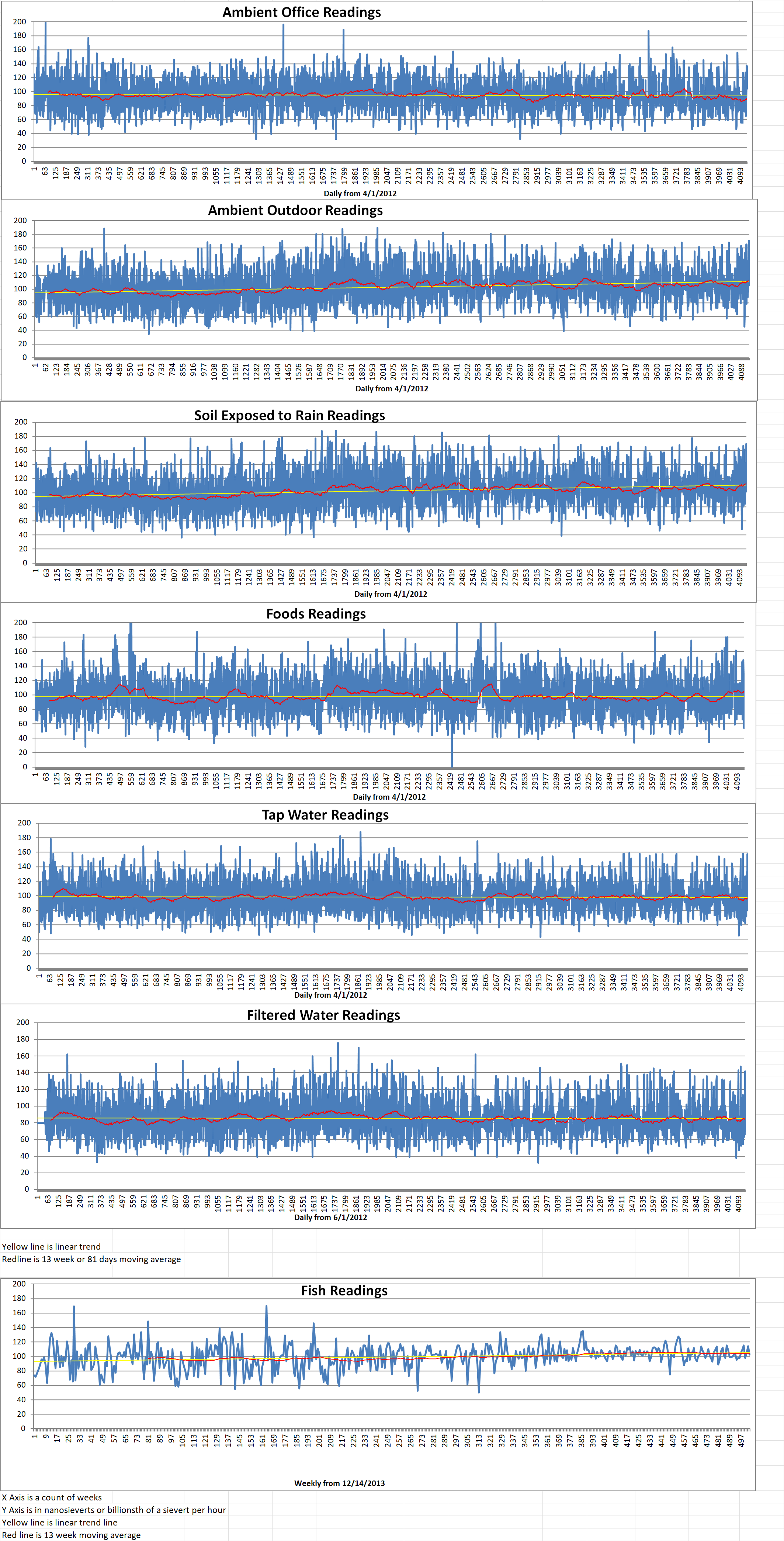
Geiger Readings for January 24, 2024
Ambient office = 104 nanosieverts per hour
Ambient outside = 93 nanosieverts per hour
Soil exposed to rain water = 94 nanosieverts per hour
Blueberry from Central Market = 103 nanosieverts per hour
Tap water = 86 nanosieverts per hour
Filter water = 73 nanosieverts per hour
-
Nuclear News Roundup January 24, 2024
Restart of Shika nuclear power plant ‘likely to take years’ asianews.network
Paris seeks UK loan guarantee after Hinkley Point nuclear plant costs soar ft.com
Czech government now seeks to build up to 4 nuclear reactors instead 1 to reduce price kaaltv.com
Yoon calls North Korea ‘irrational group’ for developing nuclear weapons nknews.org
-
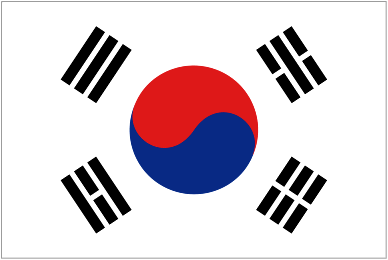
Nuclear Weapons 847 – South Korea Seeks Reassurances About U.S. Nuclear Umbrella – Part 2 of 3 Parts
Part 2 of 3 Parts (Please read Part 1 first)
While U.S. officials value ambiguity in nuclear weapons policy to allow the president a range of options (and to avoid endless policy debates), the prevailing theory in S.K. is that this kind of ambiguity weakens deterrence and signals wavering commitment from the U.S. However, the U.S. would never make this commitment. The U.S. president reserves the right to decide on nuclear weapons deployment in a specific situation because they would like to consider an array of important factors specific to the crisis. They would almost certainly prefer to find an effective alternative to the use of nuclear weapons. They would also want to consider S.K.’s preferences which may disapprove of U.S. nuclear use on the peninsula, especially under another president. When he was inevitably rebuffed, S.K.’s President Yoon Suk Yeol apparently stated his preferred policy on behalf of the alliance at the White House. He wanted to bluff with U.S. nuclear weapons. Unfortunately, this was just the latest in a series of misstatements about alliance nuclear policy by President Yoon or senior members of his administration. Taken together, these actions signal increasingly severe friction in the alliance.
Other plans range from forward deployment of U.S. nonstrategic nuclear weapons to the peninsula, offering S.K.’s officials a role in U.S. nuclear deployment planning, or the creation of a nuclear-sharing arrangement that may or may not resemble the one in NATO. The critical feature of all such proposals is that none of them would provide S.K.’s officials with additional information about when, where, and why the United States would use a nuclear weapon on the peninsula. None of these plans would dispel their anxieties.
Toby Dalton is the co-director of the Nuclear Policy Program at the Carnegie Endowment for International Peace. He has presented a helpful taxonomy of the differing logics behind calls for additional nuclear integration within the alliance. Zealots believe that only a nuclear weapon can deter a nuclear weapon. They will never feel secure until a S.K.’s president of their own party has release authority over nuclear weapons. Bargainers may hold real anxieties over extended deterrence. However, they will exploit them in order to extract concessions from the U.S. Populists simply support nuclear proliferation or nuclear sharing as a kind of signal to appear hawkish on foreign policy. Zealots have been dominating the conversation. They have coopted the other groups to push for an indigenous nuclear weapons program or nuclear sharing. Few officials, in S.K. or in the U.S., have confronted this narrative.
This fixation on nuclear weapons is to the detriment of other capabilities. This includes S.K.’s own exceptional conventional defense and deterrence posture. It is corrosive to the alliance. Further increasing the relevance of nuclear weapons cannot address anxieties, only fuel them. If U.S. officials cannot shift the alliance’s attention to nonnuclear deterrence and educate S.K.’s public opinion to support the shift, demand for nuclear sharing and/or nuclear proliferation will continue to increase.
It was in this context that Yoon and U.S. President Joe Biden launched the Washington Declaration in April of 2023. This summit could be considered the swan song of nuclear assurance. It established a new Nuclear Consultative Group (NCG), expanded tabletop war games between the allies on nuclear weapons issues (including with U.S. Strategic Command), and announced a presidential commitment to make every effort to consult with S.K.’s president before using a nuclear weapon on the peninsula. This spring, S.K.’s officials visited the US SSBN base at King’s Bay and the SSBN USS Kentucky sailed to Busan.
Please read Part 3 next
